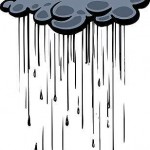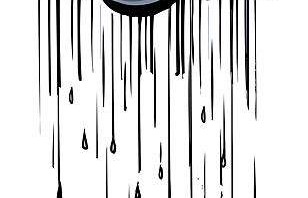 Obviously, there are virtually no current insect problems in corn, cotton or soybeans as almost nothing has been planted. However, the recent weather will have effects on insect management. Below are a few things to think about.
Obviously, there are virtually no current insect problems in corn, cotton or soybeans as almost nothing has been planted. However, the recent weather will have effects on insect management. Below are a few things to think about.
Cutworms: Even if you had a good burndown, and even if you applied an insecticide for cutworms, you should strongly consider applying an insecticide near planting, especially for any cotton or late planted corn. The rain has washed away any insecticide and weed re-growth is occurring in most fields. Thus, cutworms have had the opportunity to re-infest fields. The standard treatments are relatively low rates of synthetic pyrethroid insecticides such as Ammo (cotton only), Asana XL, Baythroid XL, Brigade, Declare, Mustang Max and Karate/Warrior II. See http://www.utextension.utk.edu/fieldCrops/cotton/cotton_insects/InsectBook.htm for specific rate suggestions.
Corn: It is getting late in the planting window and late planted corn is more likely to have problems with caterpillar pests such as corn earworm, fall armyworm and southwestern or European corn borers. Of course the corn borers will only be a potential issue in non-Bt corn. There is no clause in the licensing agreement that allows a grower to plant 100% Bt corn just because you are planting late. This is a scenario where using the newer Bt technologies (e.g., VT3 Pro) that allow for a reduced refuge will have some potential value. Planting corn after May 15 is risky business even if using Bt technologies.
Cotton: As virtually all of our acres will be either Bollgard II or WideStrike, there will be built in insect protection from caterpillar pests such as armyworms, bollworm and tobacco budworm. Nevertheless, we may experience more intense caterpillar infestations than during a more typical year. Both tarnished plant bugs and stink bugs are more likely to cause problems on relatively late planted cotton, and historically, mid and late season plant bugs tend to be worse in years with a wet spring. Given this and the high price of cotton, we will need to extra vigilant in managing these pests.


